-
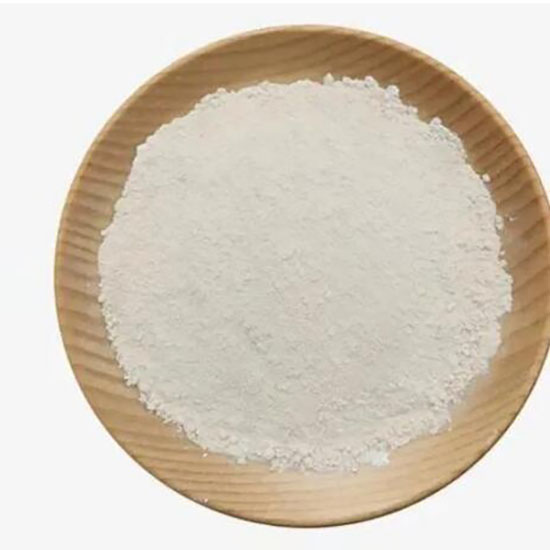
beta-D-Galactose pentaacetate CAS:4163-60-4
Beta-D-Galactose pentaacetate is a chemical compound derived from galactose, a monosaccharide sugar. It is formed by acetylating each hydroxyl group of the galactose molecule with five acetyl groups.
This compound is often used as a protective agent for galactose in various chemical reactions and synthetic processes. The pentaacetate form helps to stabilize galactose and prevent unwanted reactions or transformations during reactions.
Additionally, this compound can be used as a precursor for the synthesis of other galactose derivatives. The acetyl groups can be selectively removed to obtain different galactose derivatives with specific functional groups.
-
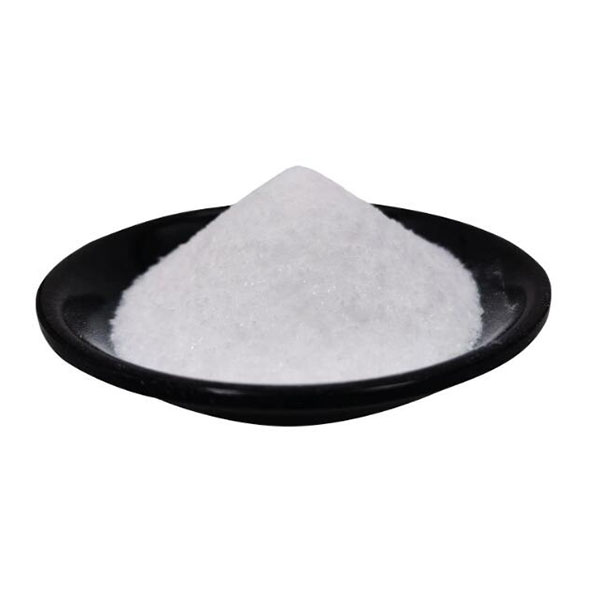
5-Bromo-4-chloro-3-indolyl-beta-D-glucuronide sodium salt CAS:129541-41-9
5-Bromo-4-chloro-3-indolyl-beta-D-glucuronide sodium salt is a chemical compound commonly used in laboratory research and diagnostics. It is often referred to as X-Gluc and is widely used as a substrate for the detection of beta-glucuronidase enzyme activity.
When beta-glucuronidase is present, it cleaves the glucuronide bond in X-Gluc, resulting in the liberation of a blue dye called 5-bromo-4-chloro-3-indolyl. This reaction is commonly used to visually or spectrophotometrically detect the expression of the beta-glucuronidase enzyme in cells or tissues.
The sodium salt form of X-Gluc improves its solubility in aqueous solutions, facilitating its use in laboratory assays. X-Gluc is mainly used in molecular biology research to study gene expression, promoter activity, and reporter gene assays. It can also be used to detect the presence of beta-glucuronidase-producing organisms, such as certain bacteria, in microbiological studies.
-
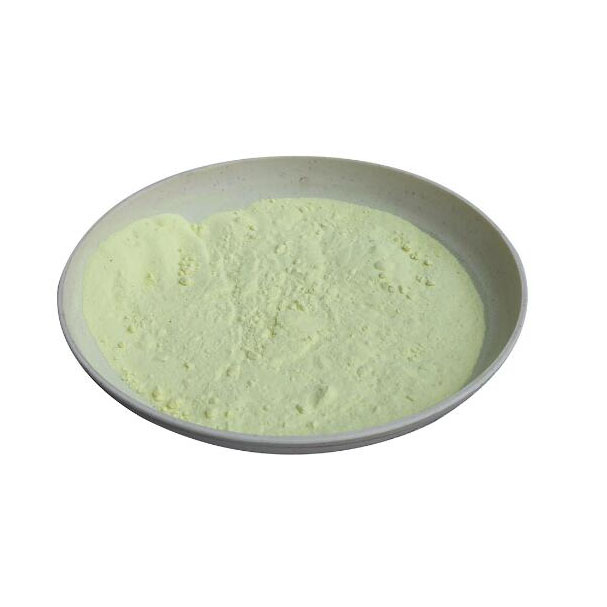
4-Nitrophenyl-beta-D-xylopyranoside CAS:2001-96-9
4-Nitrophenyl-beta-D-xylopyranoside is a chromogenic substrate used in enzymatic assays to detect and measure the activity of enzymes called beta-xylosidases.
-

4-NITROPHENYL-ALPHA-D-MANNOPYRANOSIDE CAS:10357-27-4
4-Nitrophenyl-alpha-D-mannopyranoside is a compound used in biochemistry and molecular biology research as a substrate for the detection and measurement of enzyme activity.
-
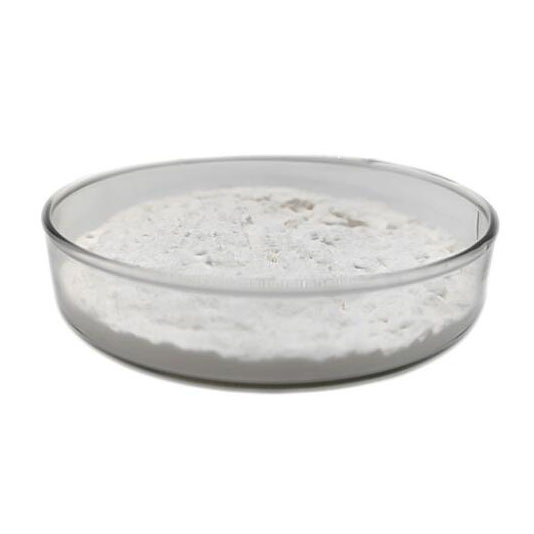
1,4-Dithioerythritol (DTE) CAS:6892-68-8
Dithioerythritol (DTE) is a compound commonly used in biochemical and molecular biology research. It is a reducing agent that has the ability to break disulfide bonds, which are important for protein structure and stability. DTE is particularly useful in sample preparation and protein purification as it helps to maintain proteins in their reduced and active forms. It can also be used to protect thiol groups on proteins from oxidation. Additionally, DTE has antioxidant properties and can scavenge free radicals, making it valuable in various oxidative stress experiments.
-
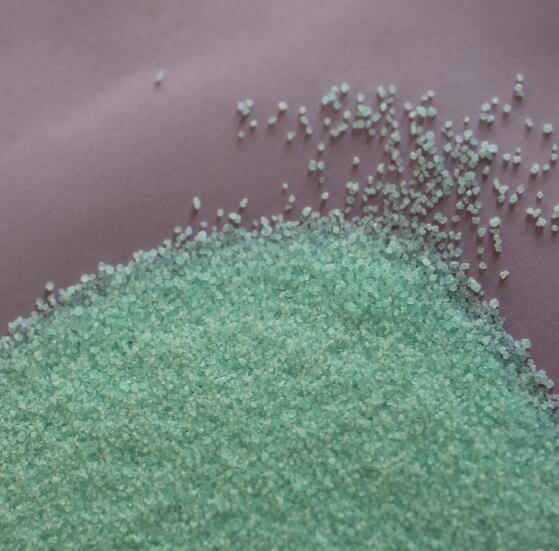
Ferrous Sulphate Monohydrate CAS:7782-63-0
Ferrous Sulphate Monohydrate feed grade is a form of ferrous sulphate that contains one molecule of water. It is commonly used as a feed supplement for livestock and poultry to provide essential iron supplementation. Its main benefits include promoting healthy red blood cell production, aiding in growth and development, improving animal immunity, enhancing reproductive performance, and supporting adequate pigmentation. Ferrous Sulphate Monohydrate feed grade is typically added to animal feed in appropriate amounts to meet iron requirements and ensure optimal health and productivity.
.
-
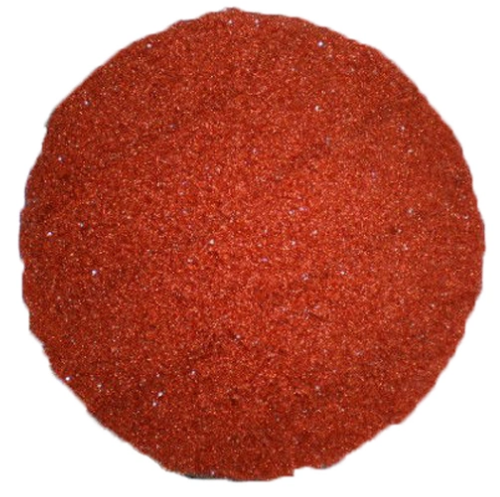
Cobalt Sulphate CAS:10124-43-3 Manufacturer Price
The applications of cobalt sulphate feed grade are primarily in animal feed formulations, particularly for ruminant animals. It is commonly used in mineral premixes, mineral blocks, and complete feeds to ensure adequate cobalt intake for optimal animal nutrition.
-

Copper Sulphate Anhydrous CAS:7758-98-7
Copper Sulphate Anhydrous feed grade is a white crystalline powder that is widely used as a nutritional supplement and feed additive for animals. It is a source of essential copper, which is necessary for various physiological processes in animals, including growth, reproduction, and immune function. Copper Sulphate Anhydrous feed grade helps to maintain healthy bones, tissues, and enzyme systems in animal.
-

Fish Meal 65% CAS:97675-81-5 Manufacturer Price
Fish meal is a high-quality feed ingredient made from the whole fish or fish by-products. It is a rich source of essential amino acids, protein, vitamins, and minerals, making it highly beneficial for animal diets. Fish meal is commonly used in livestock, poultry, and aquaculture feeds as a protein supplement to promote growth, enhance muscle development, and improve overall animal health. It is easily digestible and has a balanced amino acid profile, providing animals with the necessary nutrients for optimal performance and productivity. Fish meal also contributes to the development of strong bones, healthy skin, and efficient metabolism in animals.
-
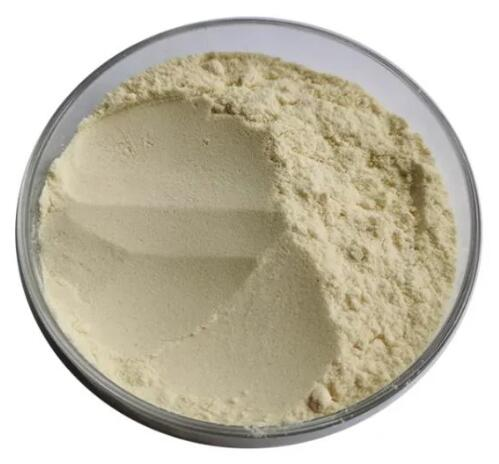
Hydrolyzed Vegetable Protein 90% CAS:100209-45-8
Hydrolyzed Vegetable Protein (HVP) feed grade is a plant-based protein product that is commonly used as an ingredient in animal feed formulations. It is derived from various plant sources, such as soybeans, corn, or wheat, through the process of hydrolysis. During hydrolysis, the protein molecules are broken down into smaller peptides and amino acids, making them more easily digestible and absorbable for animals.HVP feed grade serves as a valuable source of protein in animal diets, providing essential amino acids for growth, development, and overall health. It is an alternative to animal-based protein products and can be used in various animal feed formulations, including those for livestock, poultry, and even aquaculture.Due to its plant-based nature, HVP feed grade is often preferred by those looking for vegetarian or vegan alternatives in animal nutrition. It is also suitable for animals with specific dietary restrictions or allergies to animal-based proteins.In addition to its protein content, HVP feed grade may also contain other nutrients, vitamins, and minerals depending on the plant source. It is a versatile ingredient that can contribute to the nutritional balance of animal feed while offering a sustainable and plant-based protein option.
-
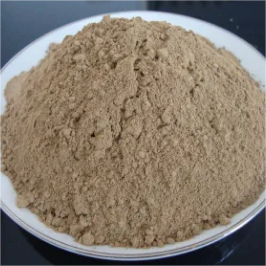
Ferrous Carbonate CAS:1335-56-4
Ferrous Carbonate feed grade is a compound used in animal feed as a source of iron. It is essential for various physiological processes in animals, including hemoglobin synthesis, energy metabolism, and immune system support. By including Ferrous Carbonate in feed formulations, animals can maintain optimal growth, prevent anemia, enhance reproductive performance, and improve pigmentation.
-
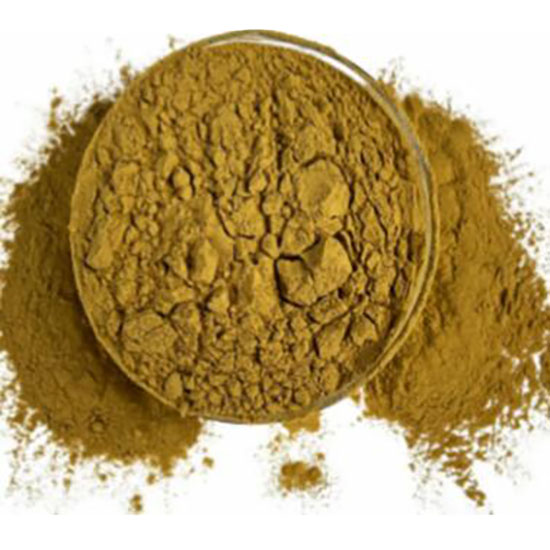
Yeast Powder 50 | 60 CAS:8013-01-2
Yeast Powder feed grade is a high-quality nutritional supplement derived from yeast fermentation. It is specifically formulated for use in animal feed to enhance feed efficiency and animal health.
Yeast Powder is rich in bioavailable proteins, vitamins, minerals, and other beneficial compounds. It supports optimal digestion and nutrient absorption in animals, leading to improved feed conversion rates and overall growth performance.
Additionally, Yeast Powder contains a range of beneficial components, including nucleotides, beta-glucans, and organic acids, which promote immune function and enhance disease resistance in animals. It can help strengthen the animal’s immune system, reducing the risk of infections and supporting overall health and well-being.

